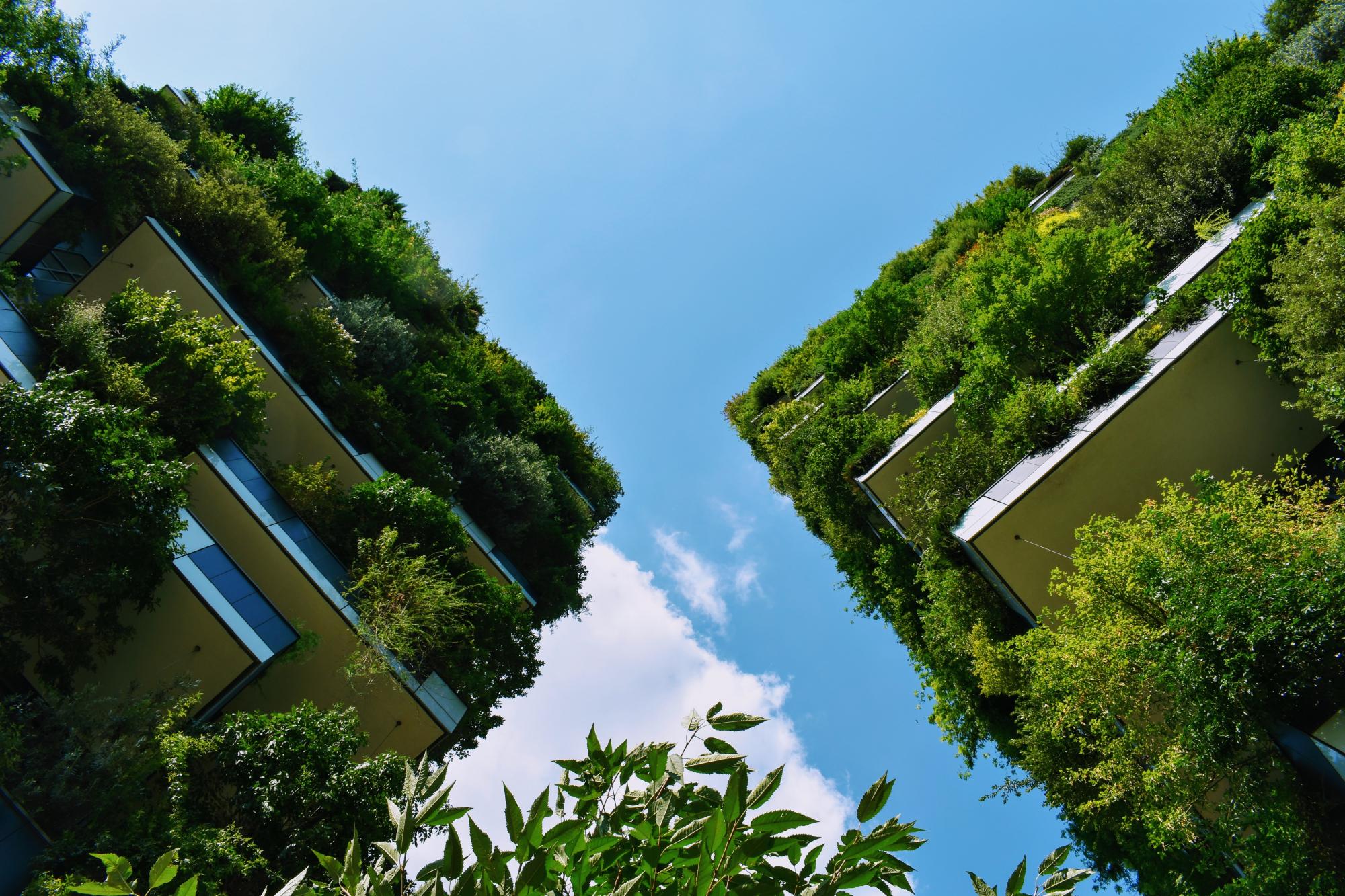Ecosystem-based adaptation planning in Osh will support the Government of the Kyrgyz Republic in establishing its National Adaptation Plan (NAP) process and is consistent with the government’s strategic vision for climate change adaptation. Additionally, this project also contributes to the Green Climate Fund (GCF) and UNDP’s objectives by increasing resilience for the most vulnerable people, communities, and regions, by strengthening institutional and regulatory systems for climate-responsive planning and development, and by strengthening adaptive capacity and reducing exposure to climate risks. The priority sectors for the project are: (1) disaster and emergency management; (2) health; (3) biodiversity conservation; (4) and agriculture and irrigation water. The relevant agencies and stakeholders of these four sectors will be key to ensuring these plans catalyse investments to enhance adaptive capacity in the city. [1, 2]
Overview
Nature-based solution
- Grey infrastructure featuring greens
- Alley or street trees and other street vegetation
- Parks and urban forests
- Large urban parks or forests
- Blue infrastructure
- Rivers/streams/canals/estuaries
- Green areas for water management
- Rain gardens
- Sustainable urban drainage systems
Key challenges
- Climate action for adaptation, resilience and mitigation (SDG 13)
- Climate change adaptation
- Water management (SDG 6)
- Flood protection
- Stormwater and rainfall management and storage
- Green space, habitats and biodiversity (SDG 15)
- Habitat and biodiversity conservation
- Green space creation and/or management
- Environmental quality
- Soil quality improvement
- Economic development and employment (SDG 8)
- Economic development: agriculture
Focus
Project objectives
Implementation activities
Climate-focused activities
Climate change adaptation:
- Implement solutions to capture/store water to increase its availability and prevent shortages from droughts
Biodiversity conservation or restoration-focused activities
Biodiversity conservation:
- Protect and enhance urban habitats
- Preserve and strengthen existing habitats and ecosystems
- Create new habitats
- Protect species
- Undertake specific measures to protect species
- Means for conservation governance
- Raise public awareness
- Public engagement
- Create and use scientific knowledge for conservation
- Capacity building
Main beneficiaries
- National-level government
- Local government/Municipality
- Citizens or community groups
- Marginalized groups: Other
Governance
Management set-up
- Co-governance with government and non-government actors
Type of initiating organisation
- Multilateral organisation
- National government
- Local government/municipality
- Private sector/corporate actor/company
Participatory approaches/ community involvement
- Co-planning (e.g. stakeholder workshops, focus groups, participatory mapping)
- Dissemination of information and education
Details on the roles of the organisations involved in the project
Project implemented in response to ...
Financing
Total cost
Source(s) of funding
- Multilateral funds/international funding
Type of funding
- Direct funding (grants, subsidies, or self-financed projects by private entities)
Non-financial contribution
Impacts and Monitoring
Environmental impacts
- Climate change
- Lowered local temperature
- Strengthened capacity to address climate hazards/natural disasters
- Environmental quality
- Improved air quality
- Improved soil quality
- Water management and blue areas
- Increased protection against flooding
- Improved stormwater management
- Reduced risk of damages by drought
- Green space and habitat
- Increased green space area
- Reduced biodiversity loss
Economic impacts
- More sustainable tourism
- Stimulate development in deprived areas
- Increase in agricultural production (for profit or not)
- Other
Socio-cultural impacts
- Safety
- Improved community safety to climate-related hazards
- Social justice and cohesion
- Improved access to urban green space
- Education
- Increased support for education and scientific research
Type of reported impacts
Presence of formal monitoring system
Presence of indicators used in reporting
Presence of monitoring/ evaluation reports
Availability of a web-based monitoring tool
References
2. GreenClimateFund (2018) Readiness Proposal with United Nations Development Programme (UNDP)
for Kyrgyz Republic. URL: Source link. Accessed on 30th October, 2021.
3. UNDP (2020) Kyrgyzstan will prepare the climate change adaptation plan to reduce vulnerability and build resilience. URL: Source link. Accessed on 30th October, 2021.
4. UNDP (n.d) Supporting Kyrgyz Republic Advance Their NAP Process. URL: Source link. Accessed on 30th October, 2021.
5. Government of the Kyrgyz Republic. (2018). Climate Investment Programme Operational Framework for Managing and Accessing Climate Finance in the Kyrgyz Republic. URL: Source link. Accessed on 30th October, 2021.
